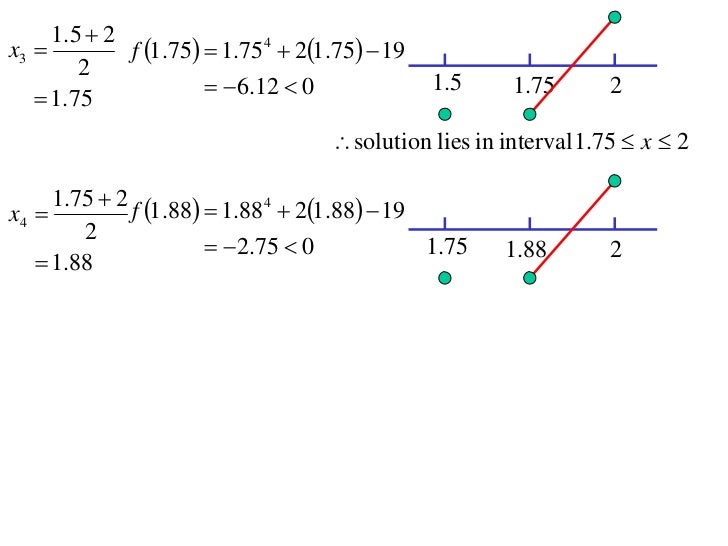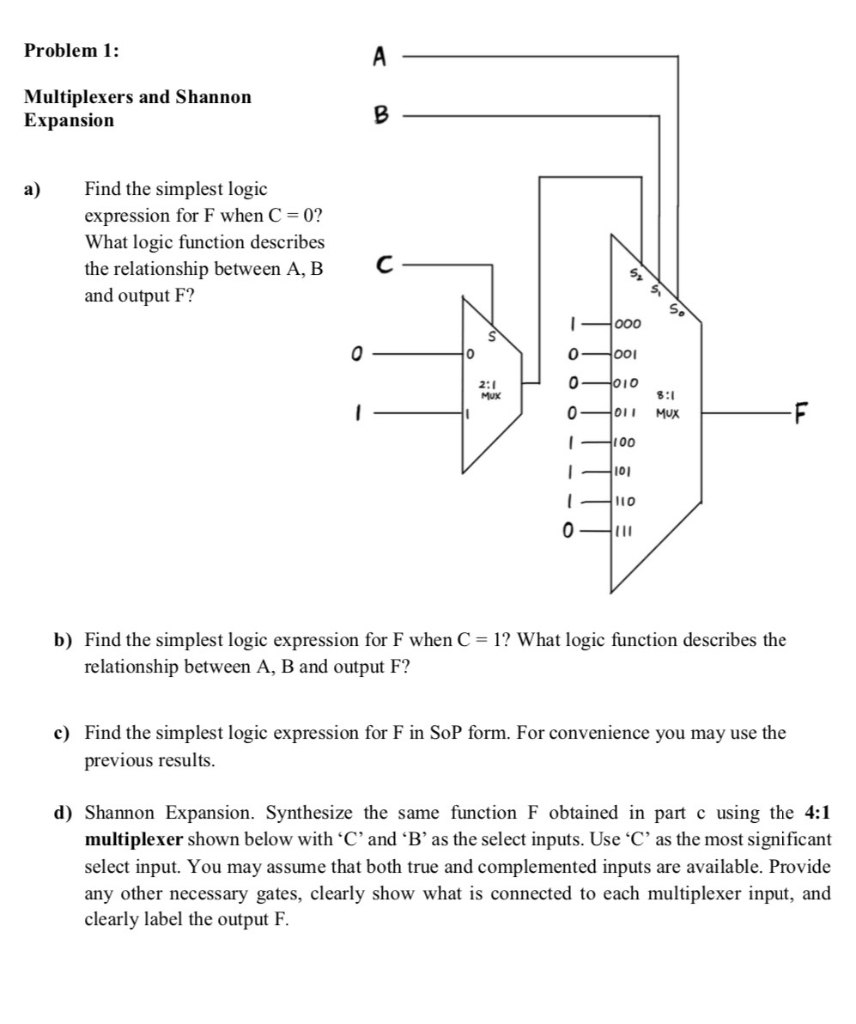SERIES EXPANSION OF FUNCTIONS, MACLAURIN’S SERIES, TAYLOR’S SERIES, TAYLOR’S FORMULA. Many functions can be represented by polynomials. In this connection let us note a relationship between the coefficients c 0, c 1, c 2.,c n of the polynomial of degree n. 25=2!2!2!2!2=32 26=2!2!2!2!2!2=64 c. They are half as large each time. Divided by 2, or multiplied by ½ is also acceptable. 20=2!1 2 =1,!2'1=1!1 2 =1 2,2'2=1 2!1 2 =1 2,!2'3=1 4!1 2 =1 8,!2'4=1 8!1 2 =1 16 2'n=1 2n'1!1 21 =1 2n'1+1 =1 2n 1-9. 2!4'22=2!2!!!Check:!1 16 '4=1 4 b. 2!1'2!2=2!3Check:!1 2 '1 4 =1 8 c.
Answer
Work Step by Step
2.4 Connections F F' And Trigap Calculus Worksheet
Similar Questions
2.4 Connections F F' And Trigap Calculus Pdf

2.4 Connections F F' And Trigap Calculus Answers
Calculus - Functions?
#1. A cubic polynomial function f is defined by f(x) = 4x^3 +ax^2 + bx + k where a, b and k are constants. The function f has a local minimum at x = -1, and the graph of f has a point of inflection at x= -2 a.) Find the values of
math help!!!
stuck!! pls help/explain!!! 2. Do the values in the table represent a linear function? If so, what is the function rule? (1 point) x = -2, 0, 2, 4 y = -4, 0, 4, 8 The values do not show a linear function. Yes, they show a linear
Math (Secant Lines)
Consider the function f(x)=sqrt(x) and the point P(4,2) on the graph of f? -Consider the graph f with secant lines passing through p(4,2) and Q(x,f(x)) for x-values 1, 3, and 5. -Find the slope of each secant line -Use the results
Calculus Please Check my answers
f is a function that is differentiable for all reals. The value of f ′(x) is given for several values of x in the table below. The table: x -8,-3,0,3,8 f'(x)-4,-2,0,4,5 If f ′(x) is always increasing, which statement about


